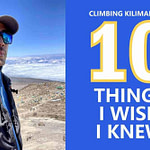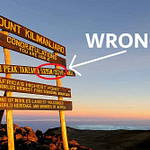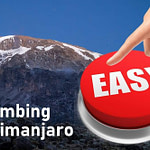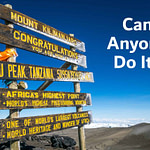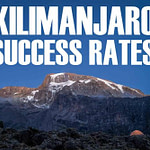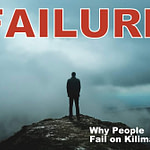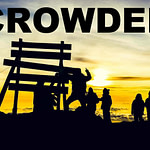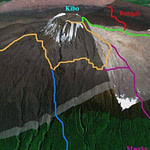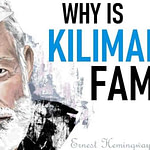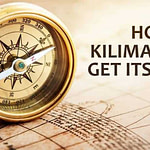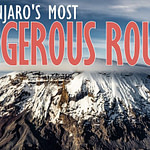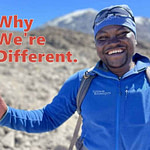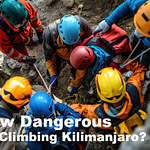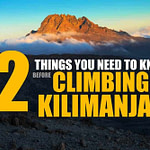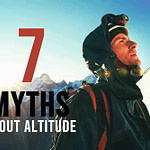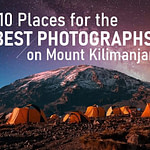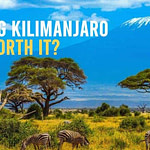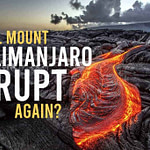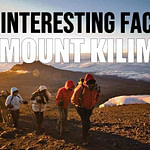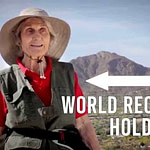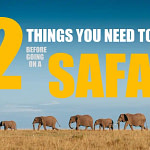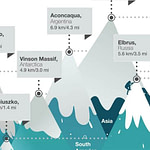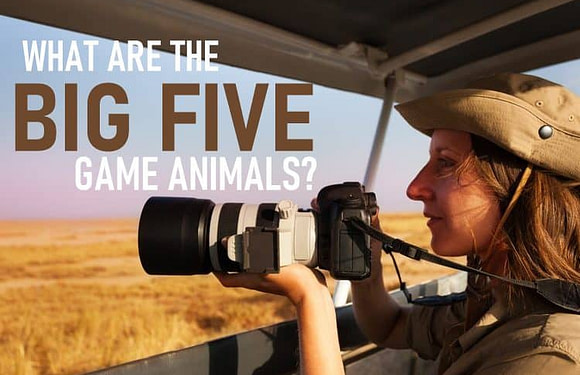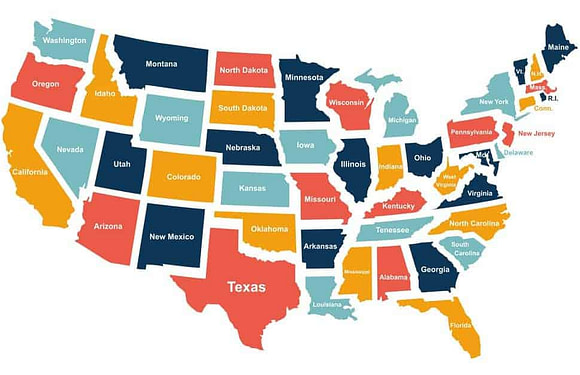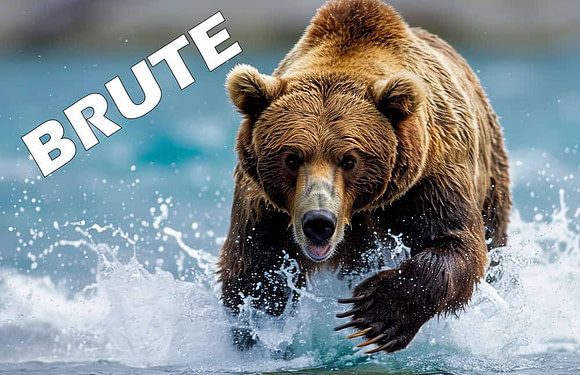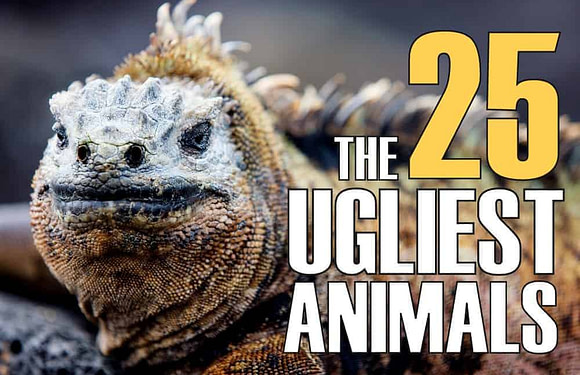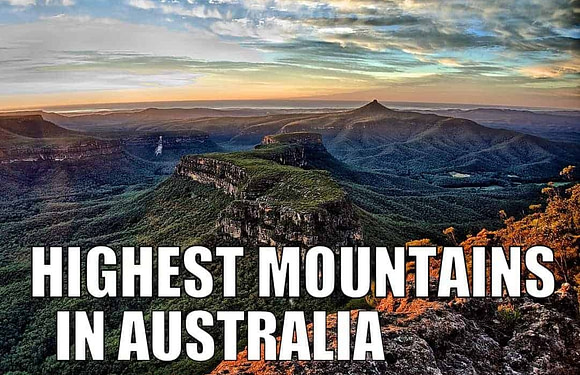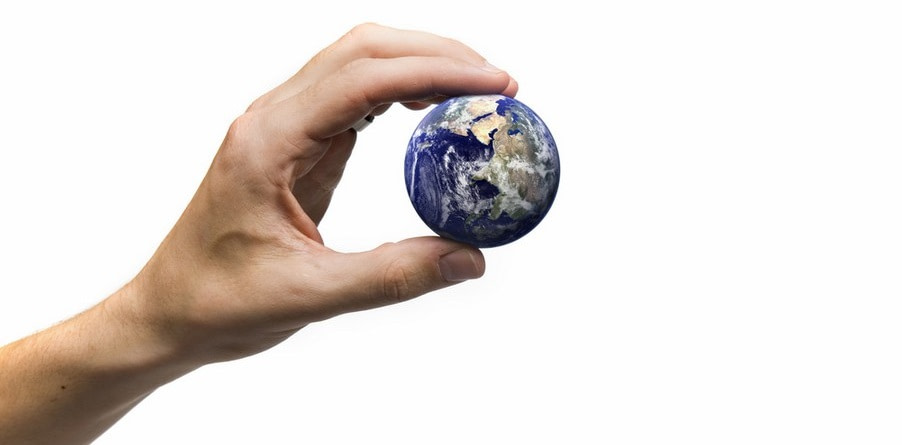
A country’s size has a profound impact on its identity, economy, and global role.
Smaller territories often develop uniform cultures. Living in shared spaces creates strong, tight-knit communities with similar customs and values. In contrast, larger nations foster regional identities that emerge based on factors like climate, geography, cuisine, and social norms. Size determines how communities form and identities evolve.
Additionally, many industries rely on large tracts of land and extensive infrastructure. Small countries lack space for factories or farms. Instead, they turn to niches that need little land such as tourism and finance. These niches give small countries a global presence despite their size.
Below is a list of the world’s ten smallest independent countries by total area.
| Rank | Country | Total Area (mi²) | Total Area (km²) | Land Area (mi²) | Land Area (km²) | Population |
|---|---|---|---|---|---|---|
| 1 | Vatican City | 0.17 | 0.44 | 0.17 | 0.44 | 825 |
| 2 | Monaco | 0.78 | 2.02 | 0.78 | 2.02 | 39,000 |
| 3 | Nauru | 8.11 | 21 | 8.11 | 21 | 10,000 |
| 4 | Tuvalu | 10.03 | 26 | 10.03 | 26 | 11,000 |
| 5 | San Marino | 23.58 | 61 | 23.58 | 61 | 34,000 |
| 6 | Liechtenstein | 61.78 | 160 | 61.78 | 160 | 39,000 |
| 7 | Marshall Islands | 69.27 | 181 | 69.27 | 181 | 58,000 |
| 8 | Saint Kitts and Nevis | 100.23 | 259 | 100.23 | 259 | 53,000 |
| 9 | Maldives | 115.93 | 300 | 115.93 | 300 | 530,000 |
| 10 | Malta | 122.05 | 316 | 122.05 | 316 | 525,000 |
The 10 Smallest Countries in the World by Total Area
1. Vatican City
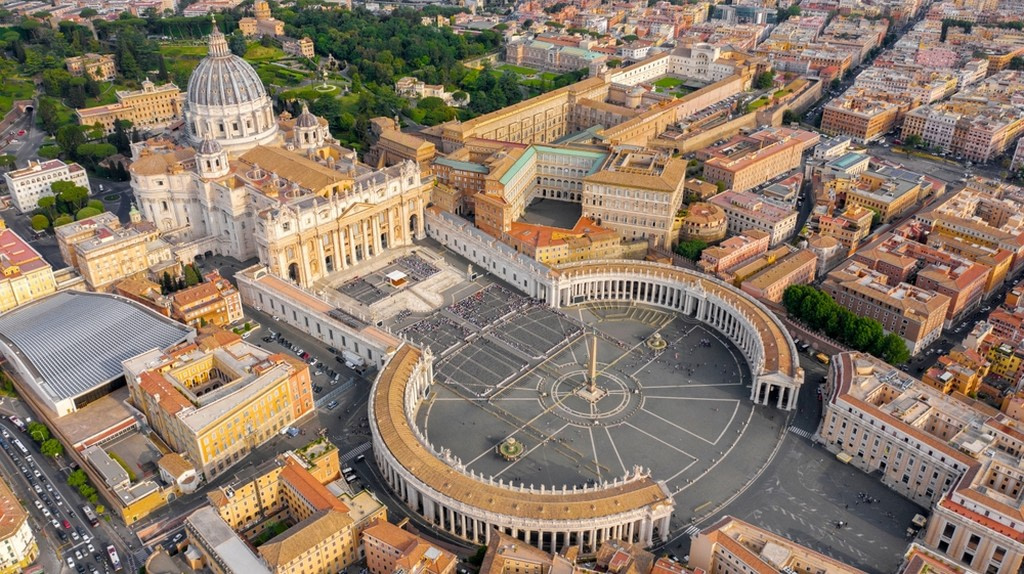
Vatican City is the world’s smallest country. It measures about 108 acres, which is the size of approximately 60 soccer fields. Vatican City is a city-state – a sovereign nation that consists of a single city and its surrounding territory. It serves as the spiritual and administrative center of the Roman Catholic Church. The Pope governs both church and state from here. Fewer than 1,000 residents live inside its walls. Italian and Latin guide official and liturgical affairs. The economy depends on donations, museum ticket sales, and publications.
St. Peter’s Basilica and the Sistine Chapel draw millions of visitors each year. The Vatican Museums preserve art from Roman and Renaissance eras. Swiss Guards, clad in colorful uniforms, protect the Pope. Despite its tiny footprint, the city maintains full administrative systems, including postal services and radio broadcasts.
2. Monaco
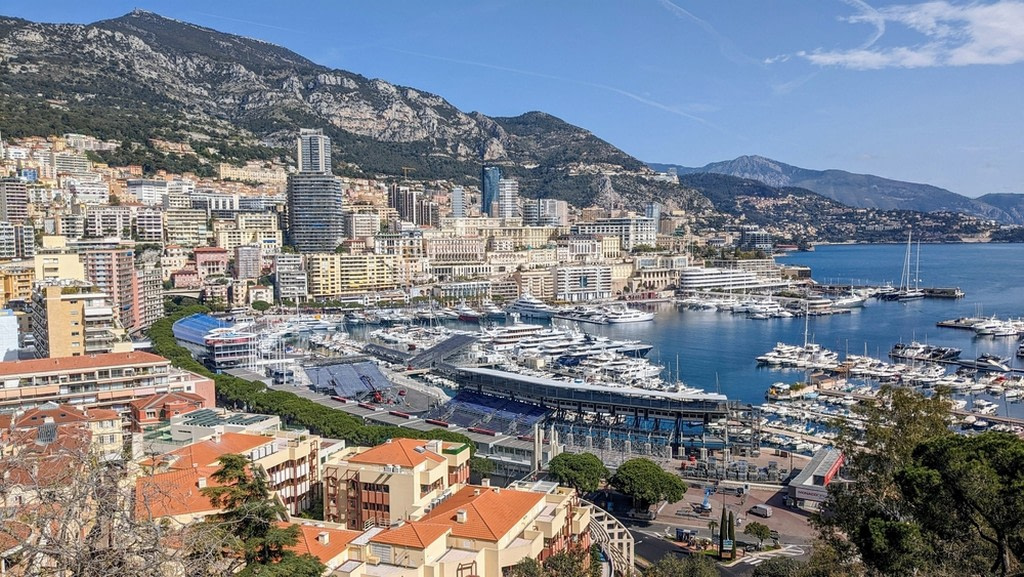
Monaco occupies a rocky promontory on the French Riviera. It became a city-state in 1861 after centuries of strategic alliances, treaties, and consolidation of power. Roughly 39,000 people reside here, making it the world’s most densely populated country. French serves as the official language, while English and Italian remain common in business and tourism. Finance, real estate, and luxury tourism drive the economy.
Monaco ranks among the world’s wealthiest nations; its per-capita income rivals major economies. Luxury yachts fill Port Hercules, and upscale boutiques line narrow avenues. The Casino de Monte-Carlo hosts high-stakes gaming and opera nights. The annual Formula 1 Grand Prix transforms city streets into a high-speed racetrack.
3. Nauru
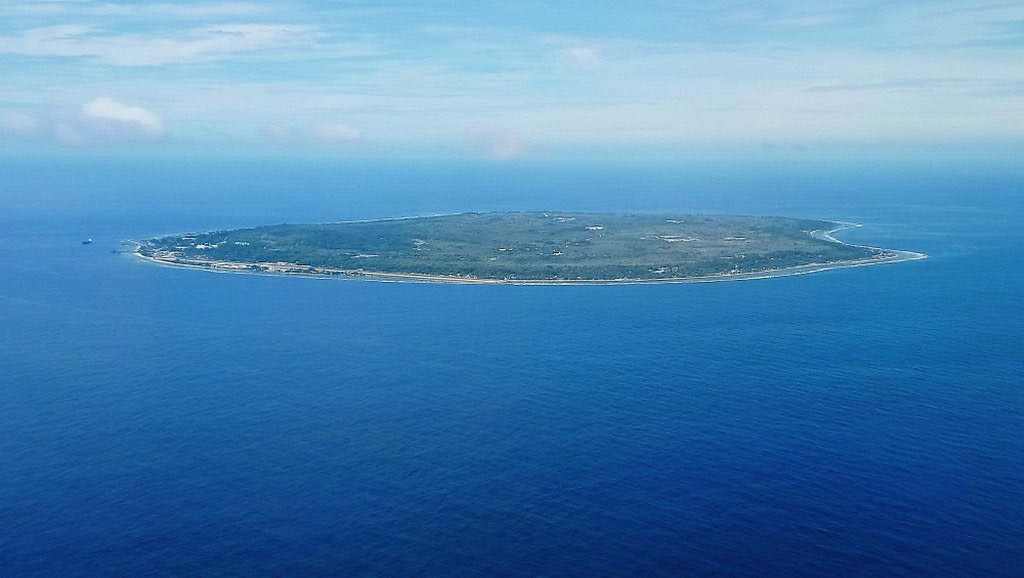
Nauru rests in Micronesia, a region of the western Pacific Ocean made up of thousands of small islands. It gained independence from Australian administration in 1968. Its population of about 10,000 speaks Nauruan and English.
Phosphate mining defined Nauru’s economy for decades. Mining peaked in the 1970s and ’80s, making Nauru very wealthy per capita. The island built new schools, hospitals, and infrastructure. But 80% of the land was stripped by the 1990s, leaving much of the interior barren and uninhabitable. Today, the government pursues fishing licences and offshore banking to diversify revenue.
Visitors can snorkel clear waters and explore World War II shipwrecks. Limited accommodation means stays require advance planning. Community life remains close-knit, with traditional dances and tribal ceremonies still alive.
4. Tuvalu
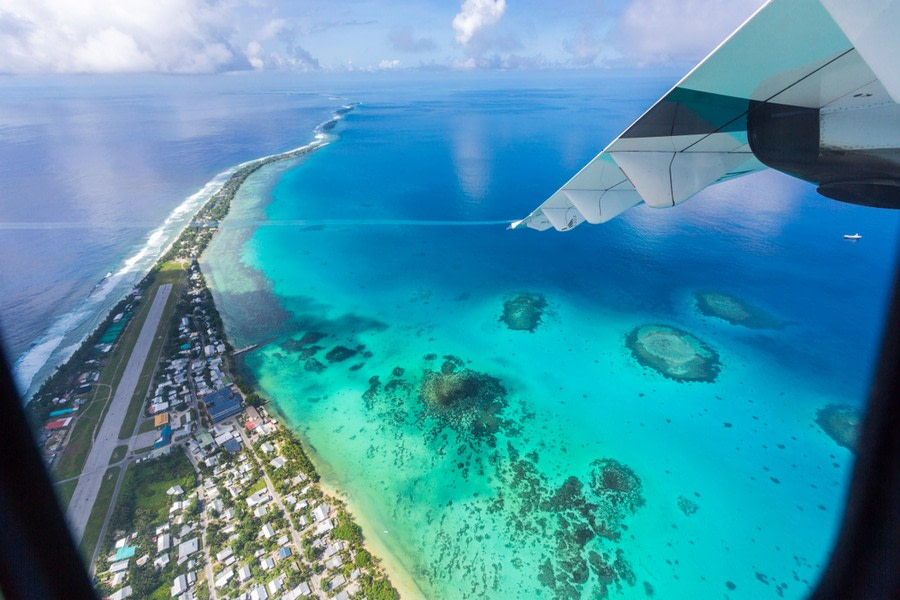
Tuvalu spreads across nine low-lying atolls in the South Pacific. Most of its 11,000 residents live on Funafuti, Vaitupu, and Nukulaelae. English and Tuvaluan serve as official languages. The islands gained independence from British administration in 1978. With limited land, Tuvalu cannot support large farms or factories. Instead, it earns revenue from fishing licences, remittances, and .tv domain fees.
Funafuti Lagoon offers calm waters for canoeing and reef fishing. Villagers weave mats and shell jewellery as part of daily life. Traditional dances and church gatherings shape community identity. Rising sea levels threaten freshwater supplies and arable land. Infrastructure remains minimal, so visitors must plan ahead. Despite challenges, Tuvaluans maintain resilience and strong cultural ties.
5. San Marino
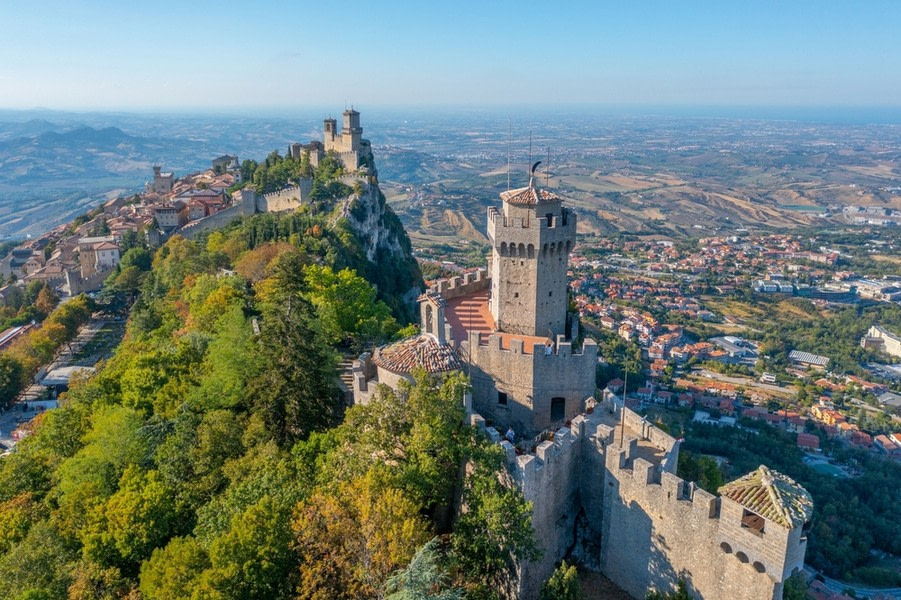
San Marino perches atop Mount Titano, surrounded by Italy. About 34,000 citizens speak Italian and minority dialects. It became a sovereign republic in AD 301, making it one of the world’s oldest states. The government features two rotating heads of state, called Captains Regent. Its economy thrives on tourism, banking, and light manufacturing.
Three medieval towers crown the mountain ridges, offering panoramic views. Narrow cobblestone streets wind through the historic city centre. An annual medieval festival brings locals and tourists together in period costumes. Duty-free shopping and a dedicated stamp museum attract collectors. Local security forces preserve peace without heavy military presence. San Marino’s rich history makes it a unique visitor destination.
6. Liechtenstein
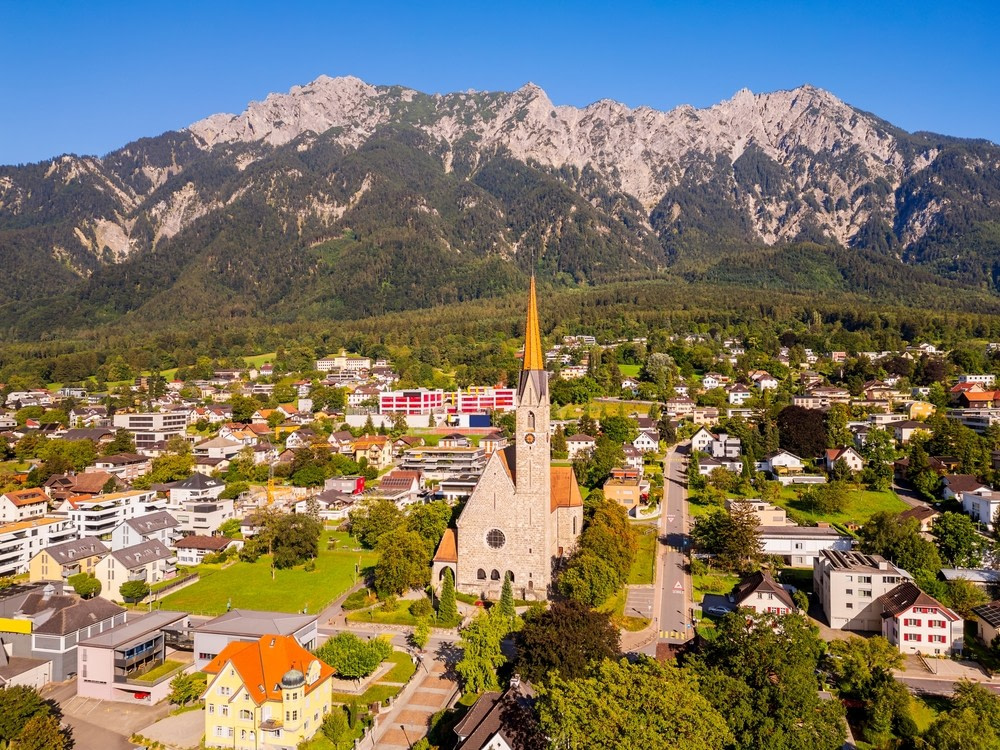
Liechtenstein lies between Switzerland and Austria in the Alps. The principality became independent in 1719 under the Treaty of the Rhine. It is a constitutional monarchy headed by Prince Hans-Adam II. Its roughly 39,000 residents speak German.
With limited land, Liechtenstein relies on manufacturing, banking, and tourism. Many workers commute across borders to neighbouring countries.
Vaduz, the capital, hosts art galleries, wine cellars, and a hilltop castle. Alpine meadows and hiking paths cross protected nature reserves. During winter, nearby slopes welcome skiers under strict safety guidelines. Public transportation links mountain villages despite steep terrain. Low crime rates and high living standards define daily life.
7. Marshall Islands
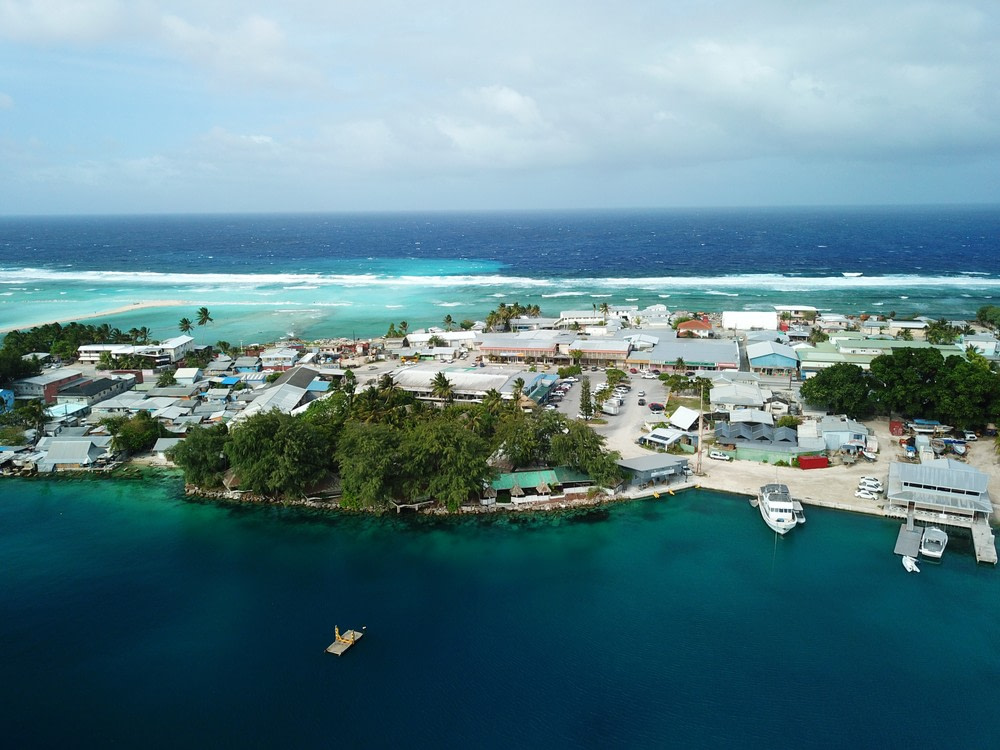
The Marshall Islands comprise 29 atolls and 5 islands in the central Pacific. Nearly 60,000 people live primarily on Kwajalein and Majuro atolls. Formerly a UN trust territory under U.S. administration, they gained independence in 1979. The Compact Trust Fund and U.S. aid support the economy. Fishing, copra production, and small-scale tourism also contribute. Marshallese and English serve as official languages.
Coral atolls encircle turquoise lagoons ideal for snorkeling and scuba diving. Sunken shipwrecks from World War II attract underwater explorers. Traditional outrigger canoes ferry locals between islets. Hospitals and schools serve tight-knit communities. Rising sea levels pose pressing environmental challenges, prompting local climate advocacy.
8. Saint Kitts and Nevis
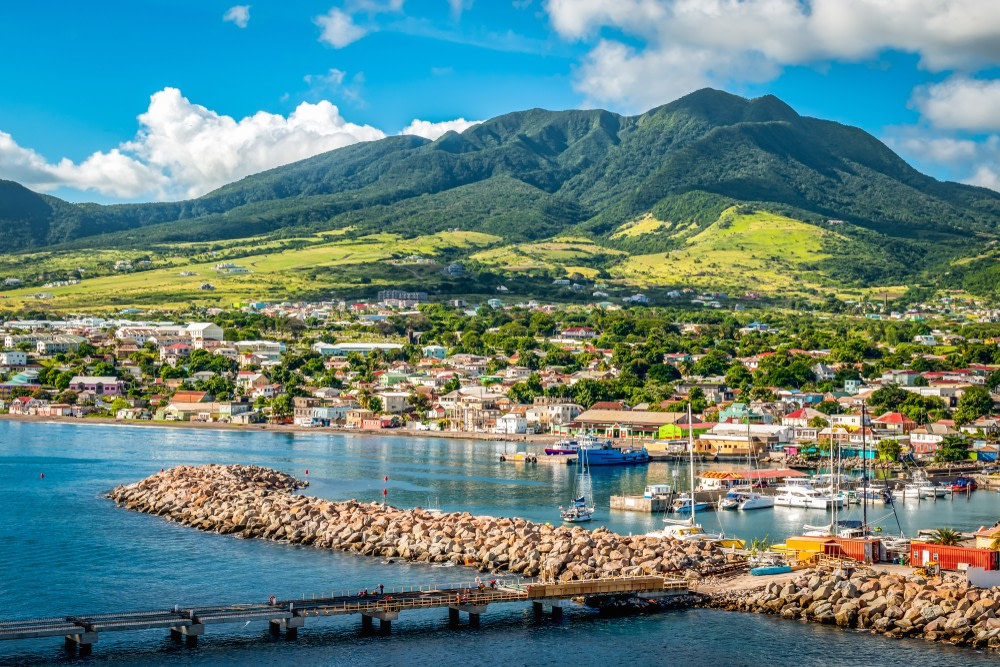
Saint Kitts and Nevis form a two-island federation in the Eastern Caribbean. Roughly 53,000 residents speak English. The islands gained independence from the United Kingdom in 1983. With limited arable land, they rely on tourism, sugar production, and offshore banking. Citizenship by investment programs fund development projects.
Basseterre, on Saint Kitts, features colonial architecture and bustling markets. Nevis offers lush rainforests, Mount Nevis trails, and historic plantation ruins. Pristine beaches line both shores with calm waters for swimming and sailing. Festivals showcase music and dance, with steady police presence maintaining order. Eco-lodges and boutique resorts offer safe stays amid tropical beauty.
9. Maldives
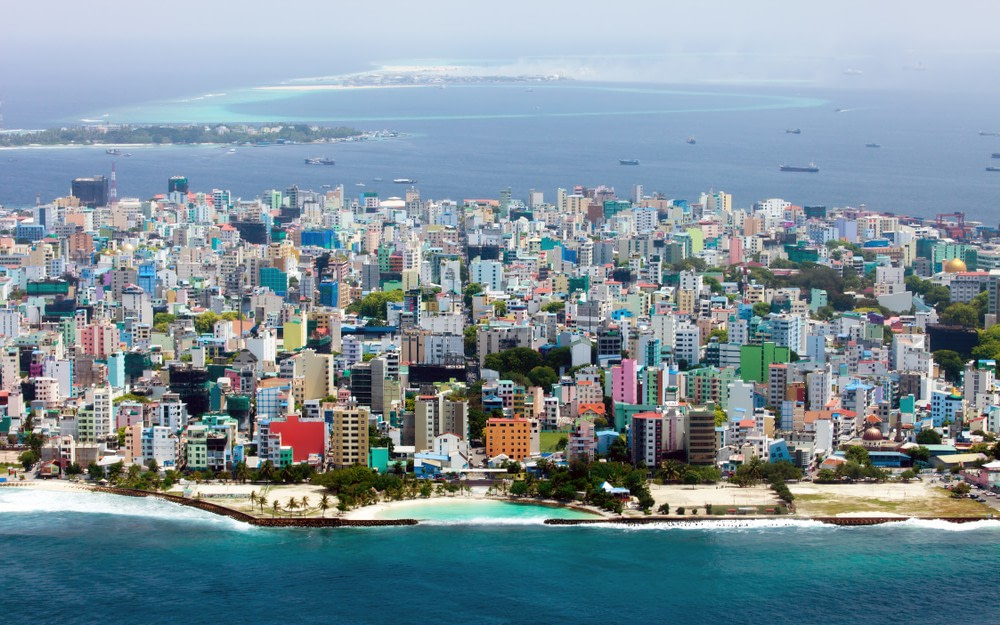
The Maldives consists of nearly 1,200 coral islands spread across the Indian Ocean. Its population exceeds 530,000, mainly on low-lying atolls. Dhivehi and English serve as official languages. The islands gained independence from British administration in 1965. Tourism forms the backbone of the economy, with fishing and shipping also playing roles.
Resort islands feature overwater bungalows, white sand beaches, and crystal-clear lagoons. Scuba divers encounter vibrant coral reefs teeming with marine life. Malé, the capital, hosts a busy fish market and historic mosques. Rising sea levels threaten coastal zones, spurring reef restoration efforts. Visitors rely on speedboats and seaplanes for inter-island travel under strict safety protocols.
10. Malta
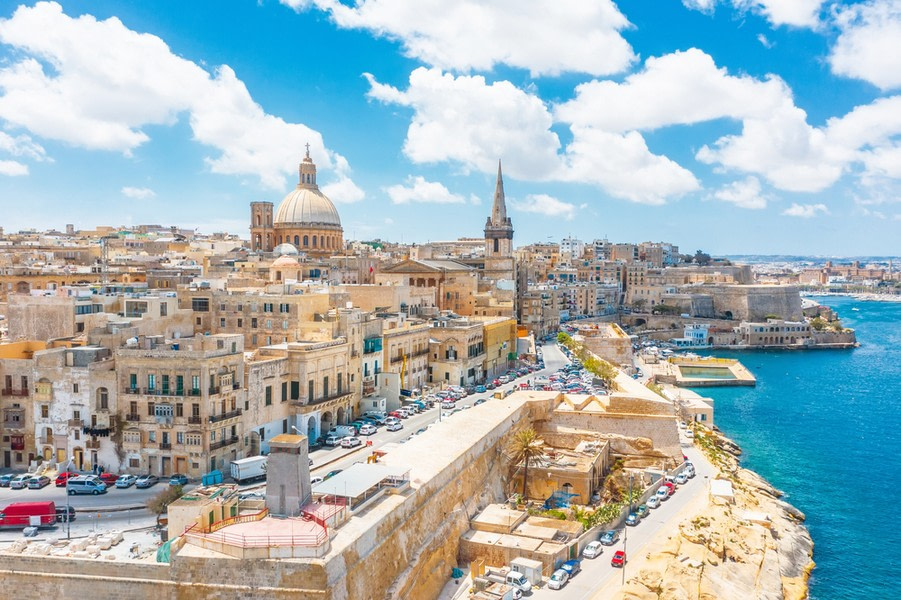
Malta sits in the central Mediterranean south of Sicily. Its population nears 525,000. Its population of 525,000 speak Maltese and English. The islands gained independence from British rule in 1964. Tourism, financial services, and shipping drive the economy. Governance follows a parliamentary republic model.
Valletta, the capital, showcases UNESCO World Heritage architecture and busy harbors. Mdina’s narrow streets preserve medieval charm. Limestone cliffs meet turquoise seas popular for diving and sailing. Festivals celebrate local traditions, from music to religious processions. A robust ferry network connects islands. Low crime rates and dedicated tourist police ensure peace of mind.


